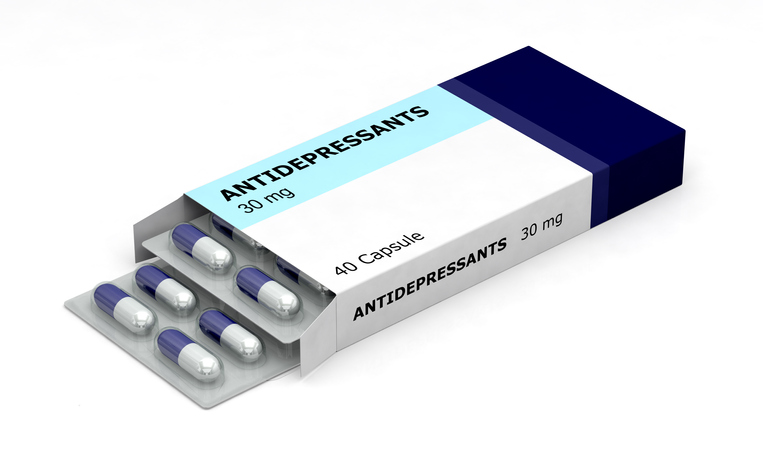Treatments
What Is Eye Movement Desensitization and Reprocessing (EMDR)?

Eye movement desensitization and reprocessing (EMDR) is a nontraditional type of psychotherapy. It is most commonly used for the treatment of trauma and post-traumatic stress disorder (PTSD). It is particularly helpful for individuals with PTSD who have difficulty talking about the traumatic event or have a history of dissociation when discussing the traumatic event.
Most forms of psychotherapy used for PTSD focus on changing thoughts, emotions and responses related to a traumatic event. EMDR focuses on the memory of the event. The goal is to change how the memory is stored in the brain in order to reduce or eliminate the negative symptoms that are triggered by the memory.
During EMDR, an individual briefly focuses on the traumatic memory while engaging in bilateral eye movements or other movements, such as tapping, as directed by a therapist. This allows the individual to be exposed to the memory while being distracted, which can decrease the vividness of the memory and the emotions associated with it.
Phases of EMDR
EMDR therapy is divided into eight phases:
- Phase 1: History and treatment planning
Traumatic memories are identified and treatment goals are created. - Phase 2: Preparation
Coping skills and stress management strategies are learned. Eye movements or other rhythmic movements are also introduced. - Phase 3: Assessing the target memory
The components of the targeted memory, including the thoughts, emotions, and body sensations that surround the memory, are identified. - Phases 4 through 7: Treatment
Phases 4-7 involve the actual treatment. Focus on the target memory occurs while engaging in bilateral eye movements or other movements as directed by a therapist. After the treatment, any thoughts or feelings are discussed. Over time, the distressing thoughts and feelings that surround the memories should decrease or disappear. - Phase 8: Evaluation
Evaluation of the progress made during the sessions occurs.
These eight phases are typically conducted over 12 EMDR sessions.
EMDR is considered to be a safe therapy with no negative side effects. Like other types of psychotherapy, it can be used alone or in conjunction with medication. EMDR therapy should only be done by a therapist who is specifically trained in this therapy. To determine if a therapist is accredited by the EMDR International Association, visit https://www.emdria.org/.


















